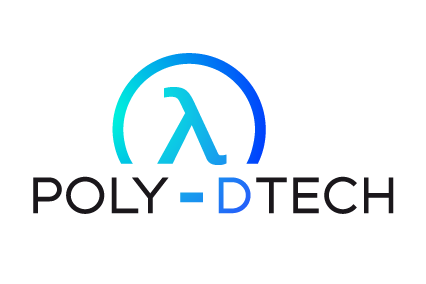Poly-Dtech
Poly-Dtech develops and produces high-performance fluorescent nanoparticles with unique characteristics to improve the detection of biomarkers in the service of scientific research and medical diagnosis, offering higher detection sensitivity with user-friendly protocols applicable to various molecular and cellular biology techniques. The technology is the result of more than ten years of research and collaboration between experts in nanoparticle synthesis, spectroscopy, medical imaging, and IVD techniques from France and Hong Kong. This synergy has made it possible to create state-of-the-art lanthanide-based fluorescent nanoparticles with unparalleled performance. Their unique characteristics allow results that far exceed any existing products, improving the detection of all types of biomarkers in various types of samples and concentration levels, including undetected biomarkers, creating a whole new world of possibilities in the healthcare and life sciences.
View All Poly-Dtech Products
A cutting-edge technology to enhance your detection!
Poly-Dtech aims to overcome current technical limitations by designing and producing fluorescent nanomolecules to improve detection for scientific research and medical diagnostics. The Bright-Dtech™ technology is based on lanthanide nanoparticles, and their unique properties, including high brightness, make it possible to increase biomarker detection sensitivity. The high efficiency of the nanoparticles and their ease of use will enable them to replace current fluorescent molecules developed in the 2000s, which offer only moderate performance.
Wide range of applications:
FastELISA
TR-FLISA
Lateral Flow
Multiplexing
Western Blot
In vitro applications
Immunofluorescent for microscopic analysis
Quantitative PCR
Bright-Dtech™ for faster and more accurate immunoassays
Based on Bright-Dtech™ technology, NoW-Dtech™ FastELISA Assay Kits represent an analytical method which can be used for the detection and quantification of specific target biomarkers or molecules in biological samples. It is a fast, low-interference and cost-effective method.
- Homogeneous (wash-free)
- Improved LOD
- Improved dynamic range
- Low sample and reagent consumption


.jpg?width=50)
.png?width=50)
.jpg?width=50)
.png?width=50)






